Marisa Wojcik:
Welcome to “Noon Wednesday.” I’m Marisa Wojcik, multimedia journalist with “Here & Now” on PBS Wisconsin. So yesterday, the Department of Workforce Development announced that more than 154,000 people in Wisconsin are going to be receiving unemployment benefits this week. Anti-lockdown protests are popping up. Republicans are suing to end the extension of the safer-at-home order. All of these things are impacting our economy and our jobs. So joining me to talk about this is Joe Peterangelo. He’s a senior researcher at Wisconsin Policy Forum, and he wrote all about this topic. And Joe, thanks so much for joining us.
Joe Peterangelo:
Thanks for having me back.
Marisa Wojcik:
So, has Wisconsin ever seen unemployment numbers like this before?
Joe Peterangelo:
So what we did is we looked at the new claims for unemployment that happen week-by-week, and what we found is that there have been some record setting numbers of new claims for unemployment for several weeks in a row. When we look back at March 14th, there were about 44,000 people in Wisconsin who were receiving unemployment insurance. And by last week, that number had grown to over 333,000. So that is about a month of, like I said, week after week, sort of record-setting levels of new people coming into the system. Before, so we looked at data going back to 1987, and about the largest number we saw in terms of weekly new claims for unemployment were around 50,000, and we far exceeded that. We’ve gone over 100,000 in a couple of weeks as far as new people coming into the system. So this is really unprecedented.
Marisa Wojcik:
Do we know how Wisconsin compares with the rest of the country? Are we all kind of in the same boat?
Joe Peterangelo:
There is some variation across the country, but Wisconsin is pretty average when it comes to national comparisons.
Marisa Wojcik:
Are these high-paying jobs? Are they low-paying jobs, or is it kind of consistent across the board?
Joe Peterangelo:
So we don’t have data specifically on the wages of the people who are receiving unemployment, but what we did in our study was we tried to look at the hardest hit sectors. So we focused on accommodation and food services, things like hotels, restaurants, and bars. The arts, entertainment, and recreation sector. Personal care services, things like barbers and beauty salons, and things like that. And then most retail types of jobs with the exception of grocery stores and gas stations. Most retail jobs are highly affected as well. So we focused on those, and we tried to see how many jobs are out there across the state of Wisconsin, and where are they more concentrated across the state. And then, we look at some of those characteristics you mention, like what kind of wages do they pay, what demographics are more concentrated in those types of jobs. So what we found was that about 486,000 total jobs across the state are in those hardest hit sectors. So a lot of those are among the people who have been coming into the unemployment system. Of course, there are people in all sectors that are becoming unemployed, but those are some of the hardest hit, and those account for more than one in six jobs statewide. So that was where we started. We looked at, you mentioned wages, that those sectors that we focused on, we found all of those sectors paid lower wages relative to the average across all jobs. So that was true for all of those sectors. The lowest wages among them was accommodation and food services, where the average wages are about a third of what they are across all jobs. So generally what we’re talking about is lower-wage jobs, though, that are the hardest hit. And so, these can be people who are more economically vulnerable to begin with who are being most impacted.
Marisa Wojcik:
And particularly, as we’re approaching summer, there was also a focus on tourism. You foreshadowed that tourism is going to be pretty severely hit. Can you talk a little bit about that?
Joe Peterangelo:
Right, so I mentioned that we looked at where the jobs in these sectors are most concentrated around the state. So we looked county by county to see how many jobs and what percentage of all jobs in each county are in these sectors, and we did see that those counties that are dependent on tourism have some of the highest concentrations. So places like Door County, the Wisconsin Dells area, Lake Geneva area, and northern Wisconsin where there’s a lot of tourism. A lot of those counties, these types of jobs make up at least a quarter of all jobs. In one county, it was almost half of all jobs because so many are in these hotels and restaurants, and entertainment types of occupations. So when we looked to the future, when we looked to the summer, things are really unknown. And right now, the state’s “Safer at Home” order goes through Memorial Day weekend, but we don’t know how this is going to impact summer tourism when a lot of hiring takes place, you know, when potentially, businesses may be cutting jobs because there’s less demand in those tourist centers. We’ll have to see how this affects summer. And that is not just predicated on the state policies in place. It’s also the psychological impacts and reverberations that carry onward as people have to decide whether that want to take that trip that they were planning.
Marisa Wojcik:
Yeah, and if they have been out of work, they might not have the money to do it anymore. Also, people have been advised not to visit their second homes, for example, because places like Door County have smaller hospital capacities. So if people are heading out to all of these other locations, the hospitals there might become overwhelmed with more people than they can handle. Are we going to see these numbers continue to go up and up and up, to go from 44,000 to over 300,000? Can we expect a plateau or is this going to continue?
Joe Peterangelo:
What I can say is this past week had a lower number of new unemployment claims than the previous couple of weeks. So it’s likely that it will at least decline in terms of more new people coming into the system, but the overall numbers are likely to stay high for quite a while. And there’s just so much unknown with this as well ’cause, you know, one sector of the economy will have ripple effects into others. And so, it can broaden the impact across the economy.
Marisa Wojcik:
And as we’re kind of looking somewhat forward, so there’s been a federal relief bill, $2 trillion passed. Many received $1,200 in their bank accounts. Should relief be applied blanketly like that, or since you said there are already vulnerable populations that are more severely impacted, should relief be looking, distributed differently based on who’s being impacted more?
Joe Peterangelo:
Well, the federal bill also included changes to unemployment. And in Wisconsin, that means starting next week, an additional $600 part-week for unemployment, for people who are receiving those benefits. So that is a way where the federal response is also being tailored to those who are directly impacted by the situation. There’s also aspects of the federal response that help businesses by providing loans. So there’s the Paycheck Protection Program, that Congress just passed the second phase of that. The first round put $350 billion into business loans that are forgivable if they’re used for payroll and rent and utilities, just to keep a business going. There were some challenges with that and issues with that, and the money ran out very quickly. The second round has $320 billion, and there’s some more focus on that money going to small businesses, which was one of the critiques with the first phase. So that’s another way where the federal response is having an impact on those who are most highly affected.
Marisa Wojcik:
When policymakers are looking at the data that you collected, what should they be keeping in mind, kind of top of mind?
Joe Peterangelo:
Well, I think in terms of the state response, we mentioned that the self-employed and those independent contractors may have been more impacted, and that’s something that the federal response has actually included for the first time, especially those independent contractors. People who are like gig workers, working, driving Uber and things like that. They’re actually included in that unemployment eligibility for the first time. So that was something that was new here. We also mentioned about the delay in unemployment benefits that currently, there’s a week-long delay that if you apply, you’ll have to wait. That’s been eliminated. So there actually have been some responses that were things that we had pointed to. So we think that, right now, we’re at a place where we have to start to evaluate how are these policy changes and these bills that, especially at the federal level ’cause that’s where most of the help is coming from. We have to start gauging how affective are these interventions and what more needs to happen.
Marisa Wojcik:
Do we know, kind of looking at the picture for a few weeks now, are we headed towards a recession?
Joe Peterangelo:
Yeah, that’s difficult for me to comment directly in that. I’m not an economist. But certainly, the kinds of levels of unemployment we’re seeing and the likelihood of this lasting and having long-term impacts, I mean, I think it’s very likely that we’re heading into that sort of situation. But to understand the depth of that or how long it will last is something that I think is very difficult to say at this point.
Marisa Wojcik:
Now, there have been, like I mentioned earlier, protests to end these lockdowns. The Republicans in Wisconsin are suing the Department of Health Services’ Secretary-designee for extending the ‘Safer-at-Home’ order. They want to block that from happening. Is there any way to know, would reopening the economy earlier make an impact, and would it mitigate some of this damage? Or are there other things that we’re just going to have to look at for solutions because it’s such a grave picture right now?
Joe Peterangelo:
Right, you know, I’ve been attending these webinars every day with the Medical College of Wisconsin and the Milwaukee Association of Commerce, and that’s been really interesting because they provide perspective on the public health kind of approach and what we need to have in place to safely reopen the economy. But it also has business sort of perspectives, and there’s obviously a need to get the economy going again and get the negative impacts it’s having on so many businesses and families. Economically, it’s also a big concern. So trying to balance those things, I think, is obviously crucial. And some people want it to be more of an approach where things may be opened in some parts of the state or in some sectors of the economy faster than others. Whether that’s a good approach is, I mean, I think that there is potential that that could work, as long as it’s data-driven and is really, you know, that these safety precautions are in place in protocols in terms of how to safely operate businesses of different kinds. So we’ll just have to see. It’s really a balancing act, and I think we don’t want to rush to open things up too quickly and have a second phase of this be as bad as the first. But you know, of course, we’re all eager to get things starting to move towards normalizing it at some point.
Marisa Wojcik:
All right, Joe Peterangelo, thank you so much for telling us more about this. It’s really important information. For more from “Here & Now” and PBS Wisconsin, you can visit pbswisconsin.org. Make sure to tune in to “Here & Now” this Friday at 7:30, and thank you so much for joining us on “Noon Wednesday.”
Search Episodes
News Stories from PBS Wisconsin

Donate to sign up. Activate and sign in to Passport. It's that easy to help PBS Wisconsin serve your community through media that educates, inspires, and entertains.
Make your membership gift today
Only for new users: Activate Passport using your code or email address
Already a member?
Look up my account
Need some help? Go to FAQ or visit PBS Passport Help
Need help accessing PBS Wisconsin anywhere?
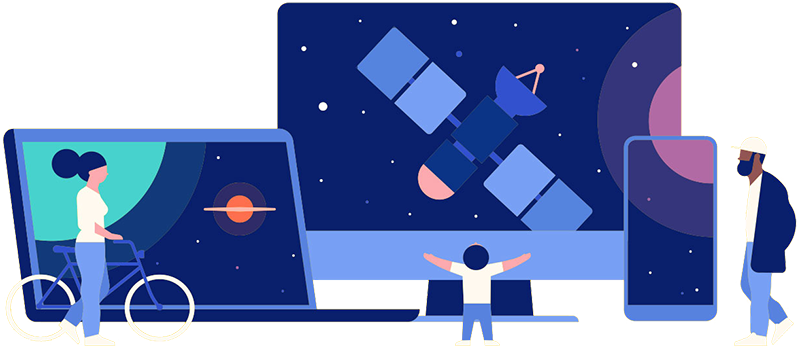
Online Access | Platform & Device Access | Cable or Satellite Access | Over-The-Air Access
Visit Access Guide
Need help accessing PBS Wisconsin anywhere?

Visit Our
Live TV Access Guide
Online AccessPlatform & Device Access
Cable or Satellite Access
Over-The-Air Access
Visit Access Guide
 Passport
Passport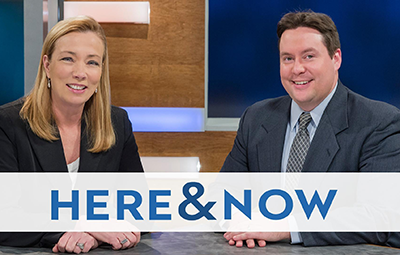

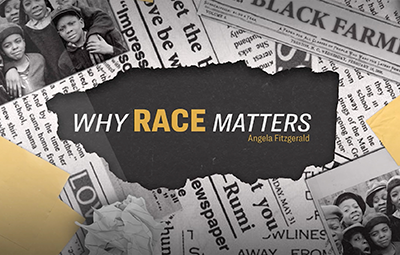
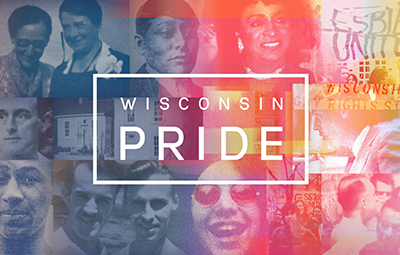


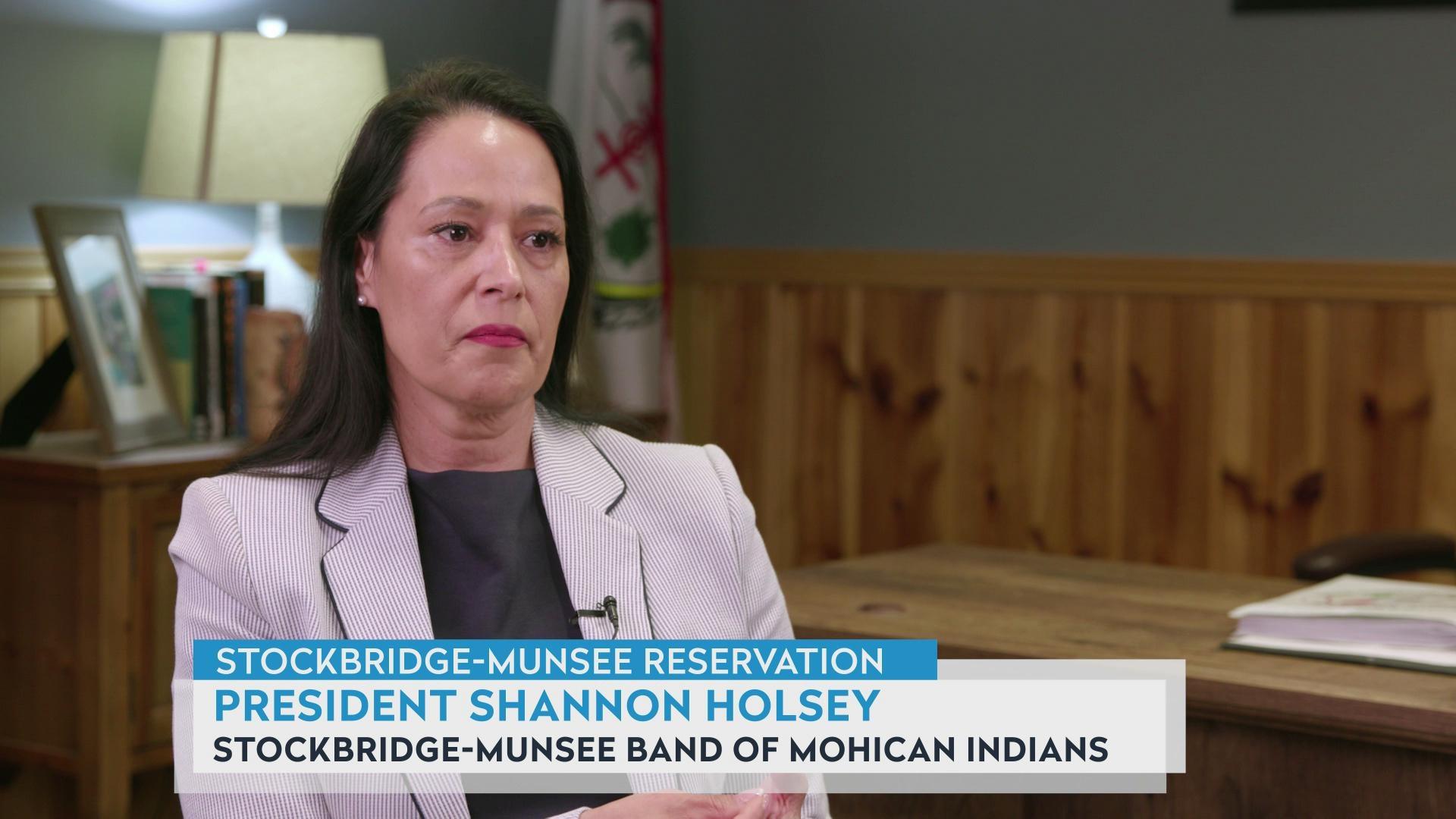

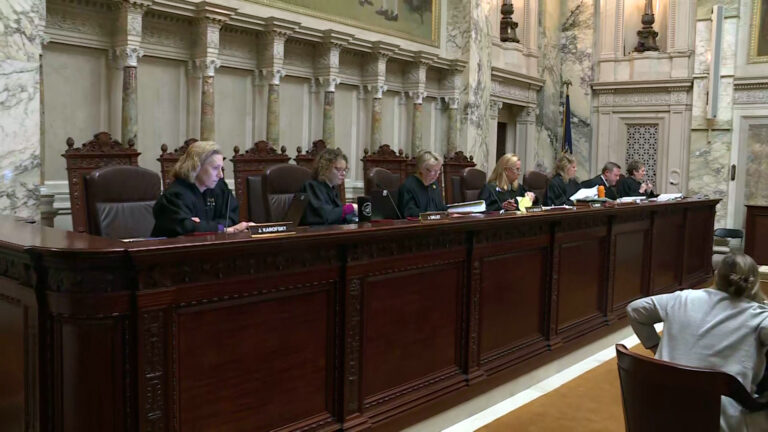
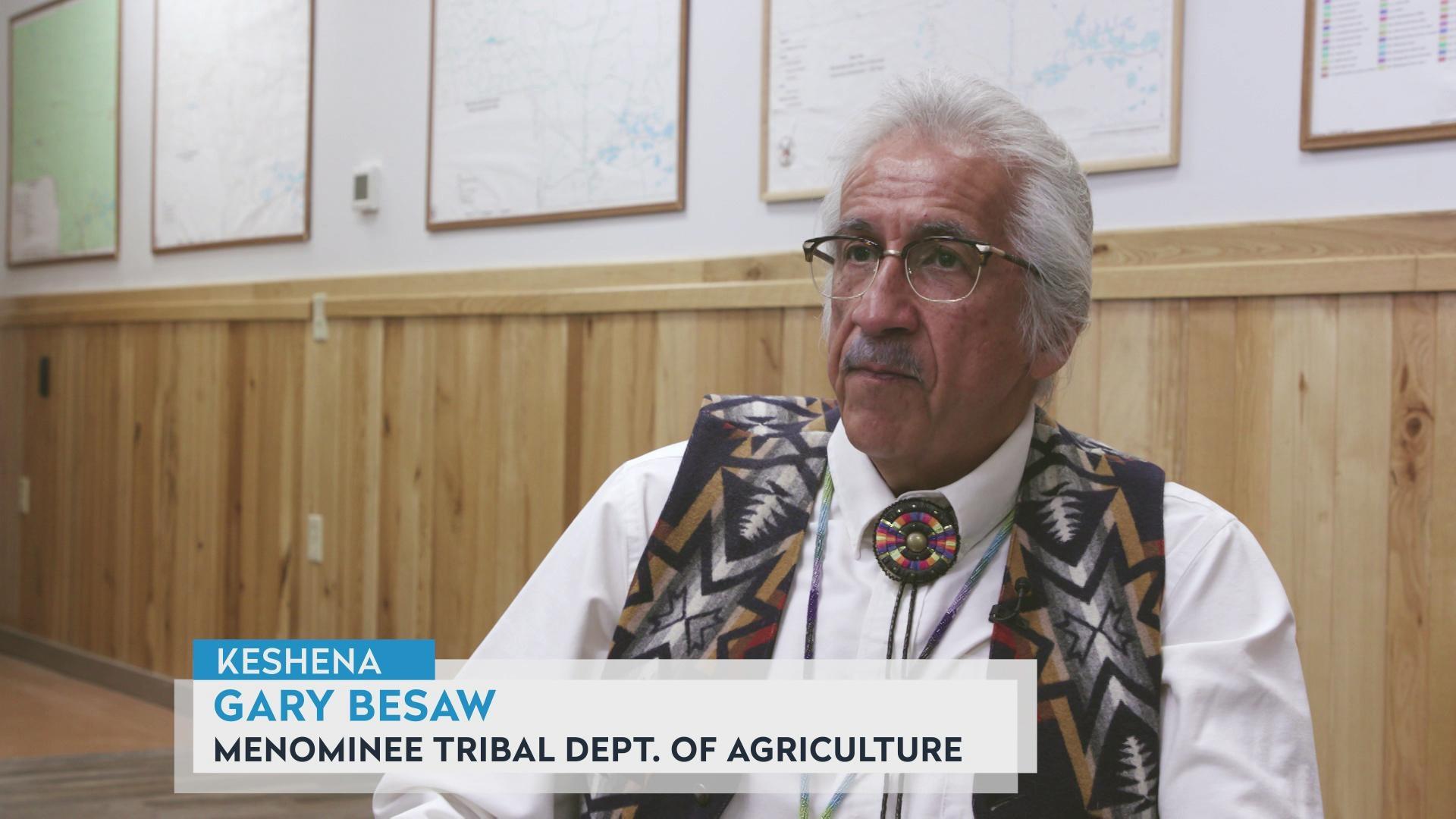
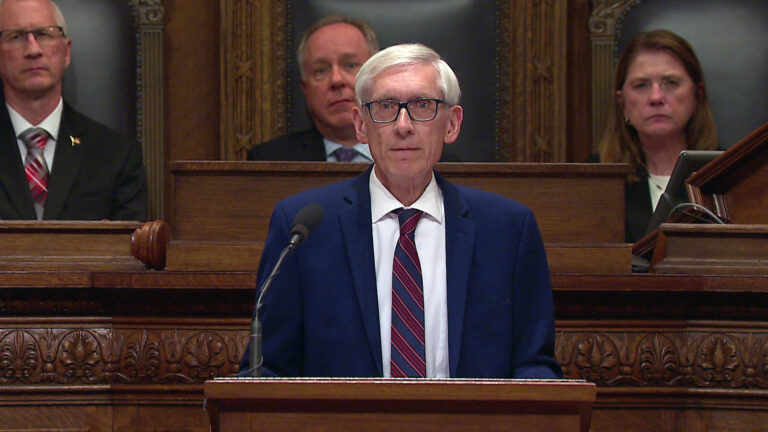

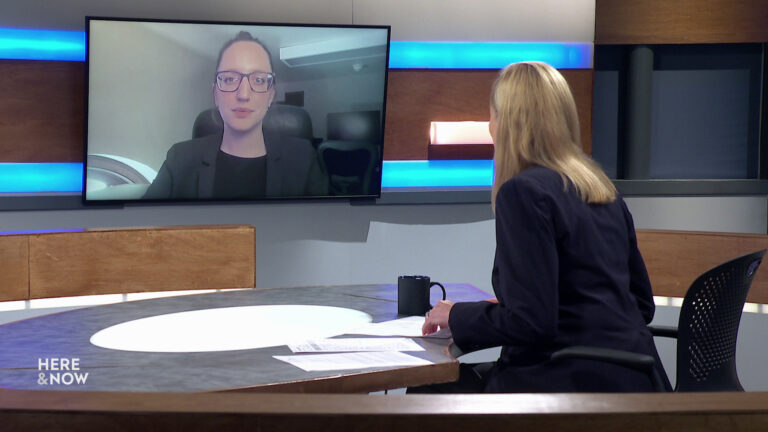
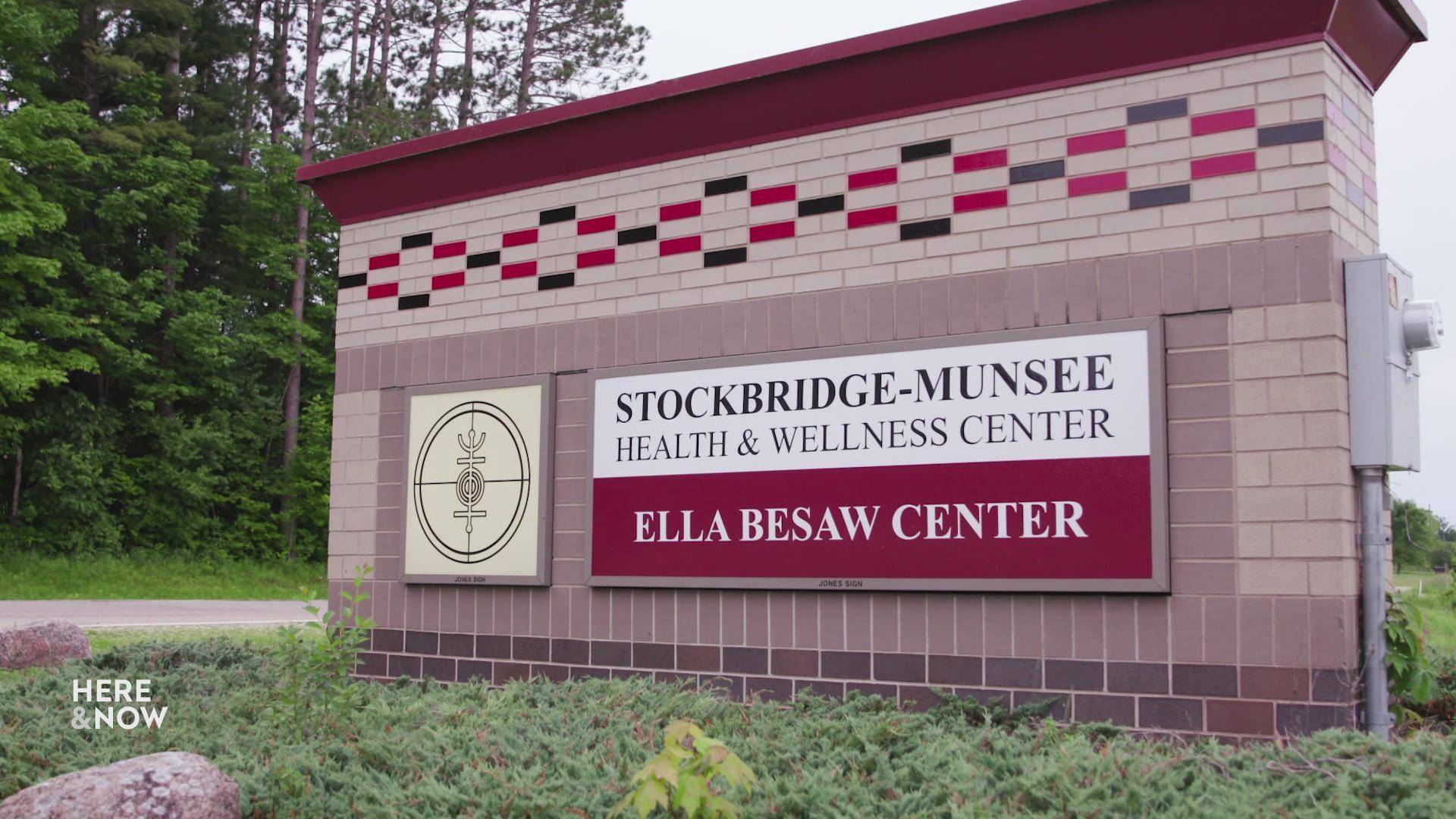
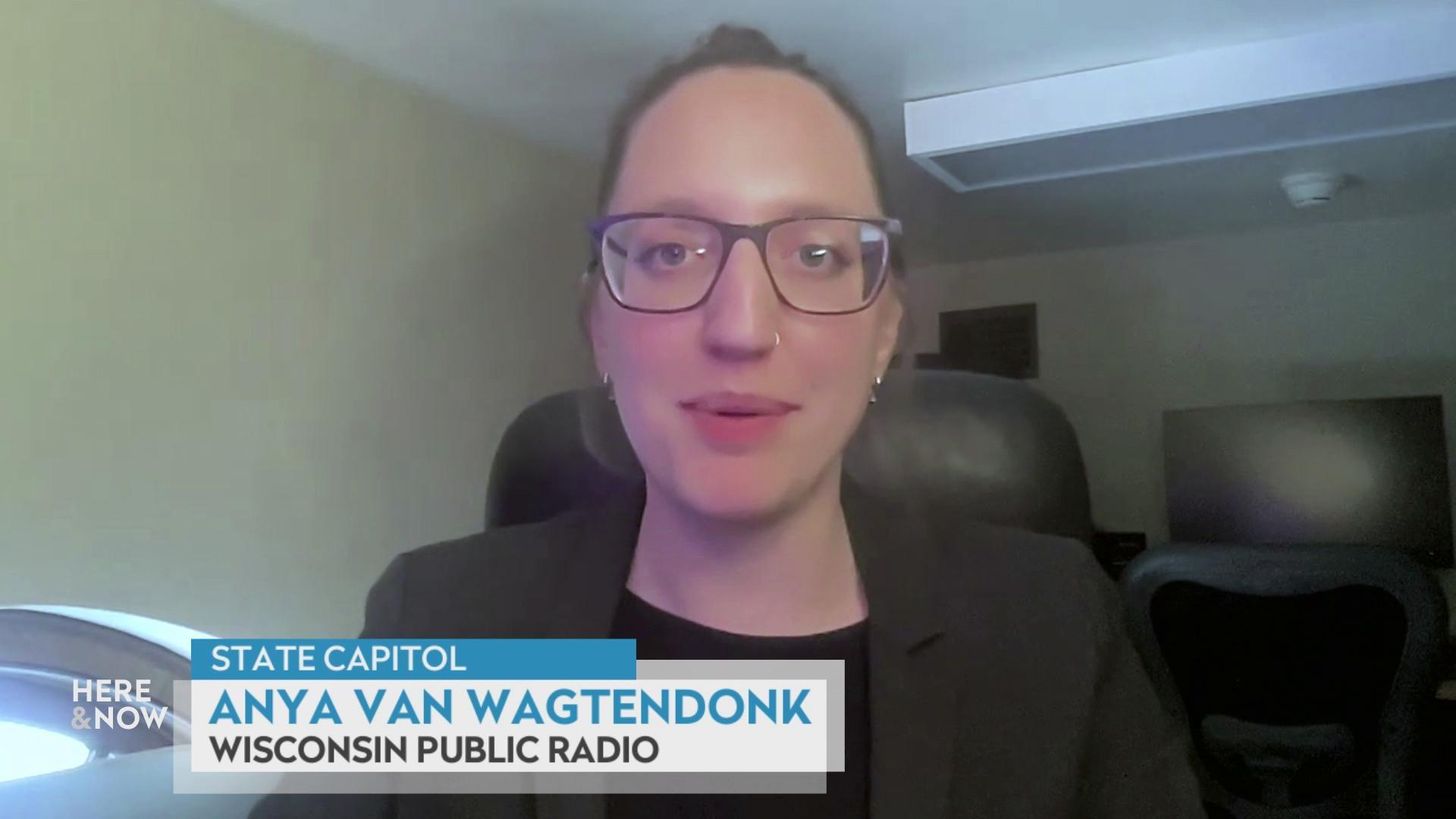
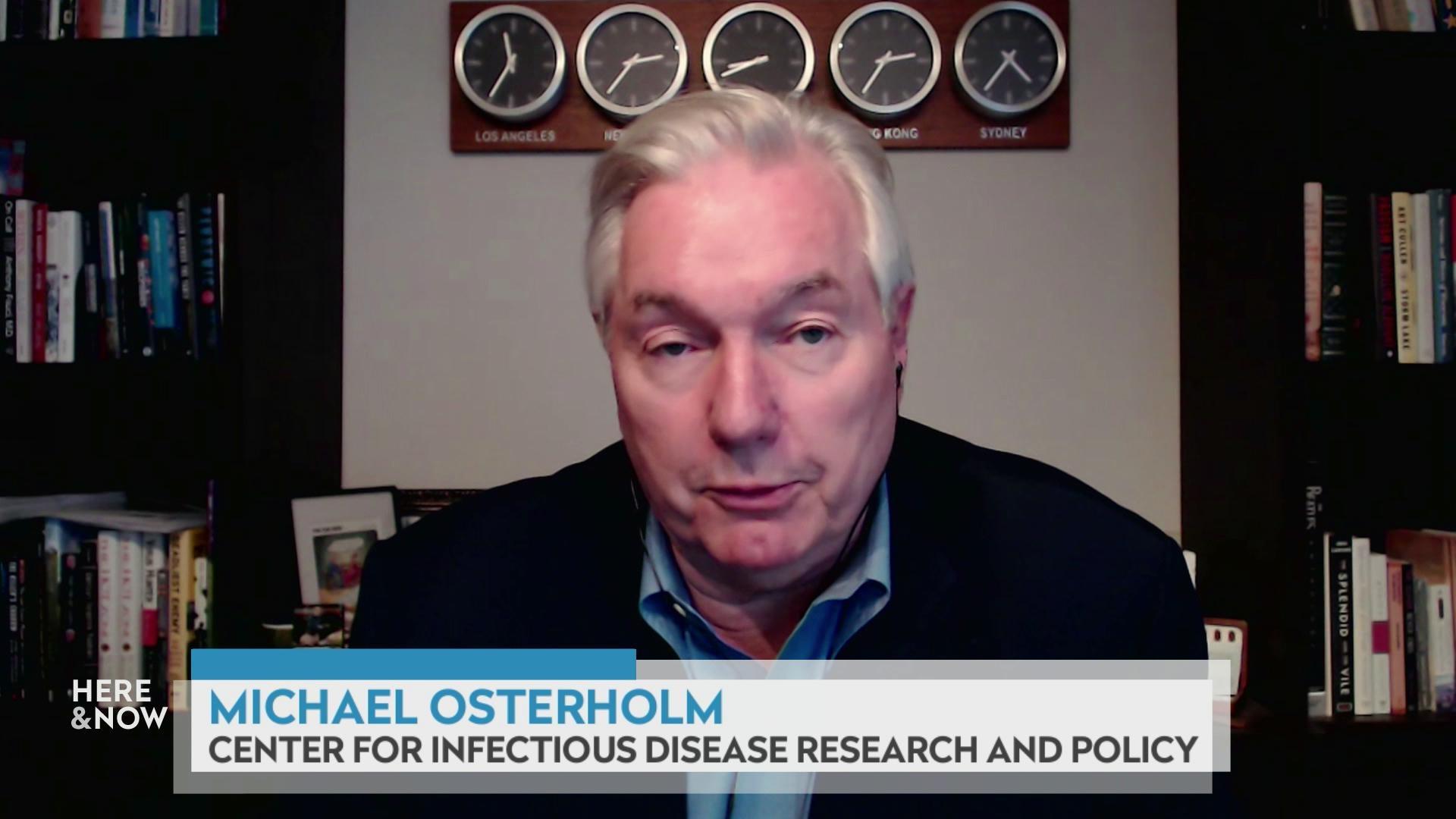
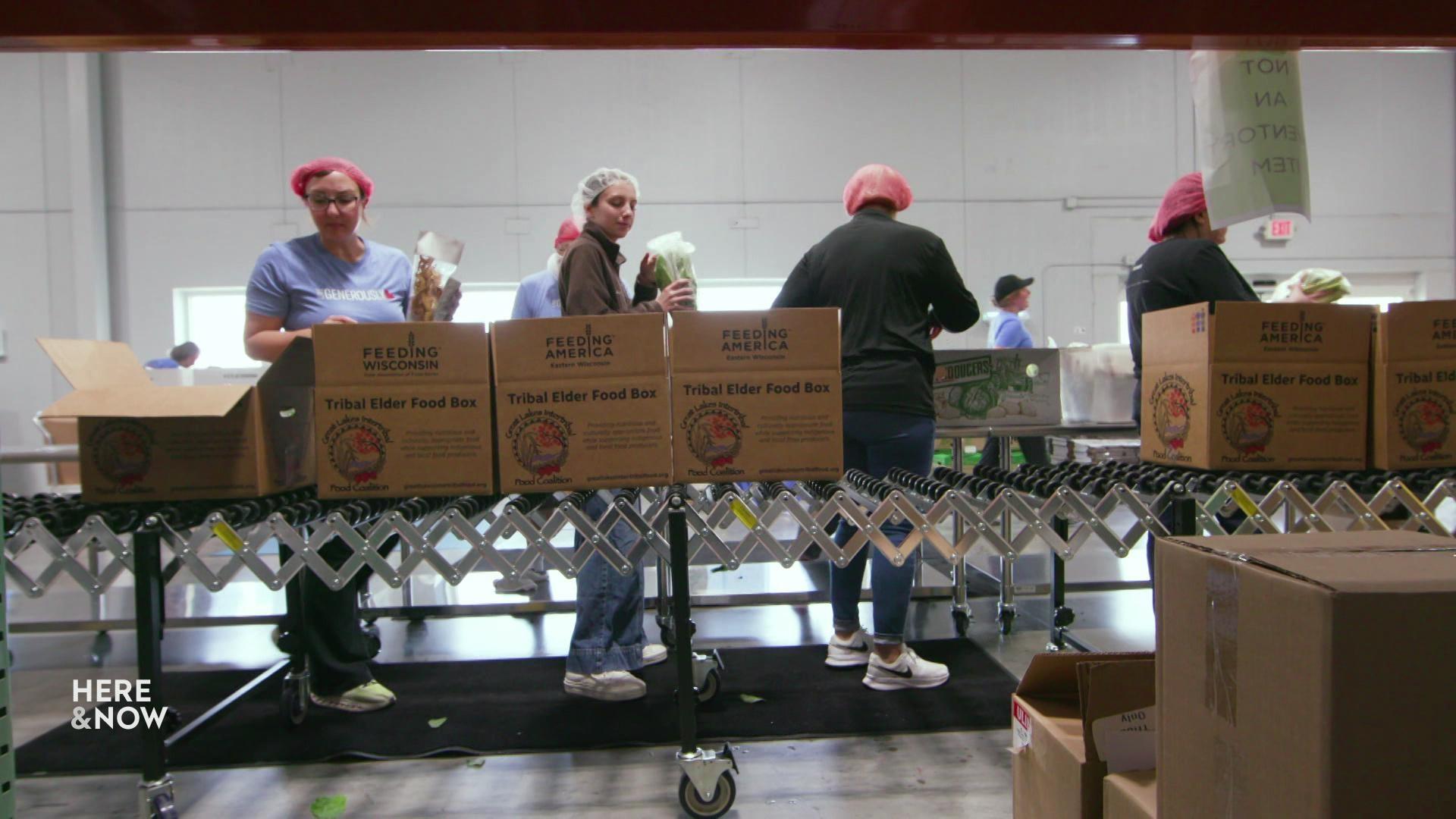
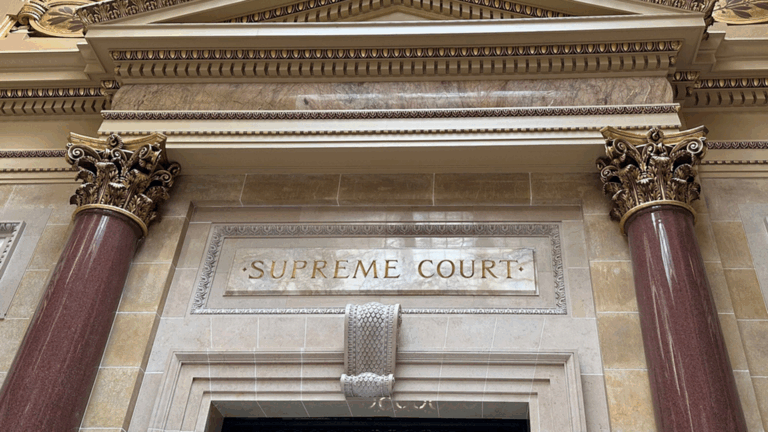

Follow Us